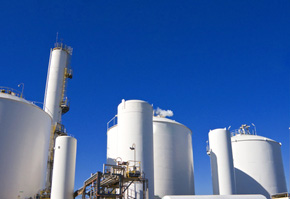
Peroxicats [peroxidases as biocatalysts]. Novel and more robust fungal peroxidases as industrial biocatalysts.
Seventh Framework Programme. Food, Agriculture and Fisheries, and Biotechnology (KBBE). Grant agreement nº: KBBE-2010-4-265397. Total budget: 4.3 million €; EC-funding: 3 million €.
Enzymes catalyzing redox reactions (oxidoreductases) represent an environmentally friendly alternative to harsh chemicals in industrial processes that include oxidative transformations for production of chemicals and other value-added products with large markets in developed and emerging economies.
Fungi and other microorganisms provide the wider and more easily exploitable source for oxidative enzymes.
However, the penetration of microbial oxidoreductases in the chemical markets is still low despite the recent discovery of very promising enzymes.
The use of these enzymes as biocatalysts requires tuning their catalytic and operational properties (a type of manipulation that is possible nowadays using protein engineering tools).

Overview of reactions catalyzed by heme-thiolate peroxidases (HTP).
In addition to microbial screening, the huge amount of genomic resources available nowadays, and to be generated during the course of the project, will be exploited in the search for new fungal peroxidase/peroxygenases.

Automatic extraction system.
A combination of rational and non-rational design will be used, based on directed mutagenesis, and random mutagenesis (together with high-throughput screening), respectively.
The reaction mechanisms and industrial interest of the selected peroxidases/ peroxygenases will be studied using modern analytical techniques, including two-dimensional NMR, that are able to provide information on the modifications produced on both simple and complex substrates.
In this way novel and robust peroxidases/peroxygenases will be obtained with high potential both in bulk chemistry, e.g. for hydrocarbon oxyfunctionalization and oxidation of recalcitrant compounds, and fine chemistry, e.g. substituting costly hydroxylation reactions in the pharmaceutical sector.
EC Project Officer
María Fernández Gutiérrez
European Commission
RTD-E.2 Biotechnologies
Brussels
Objectives
